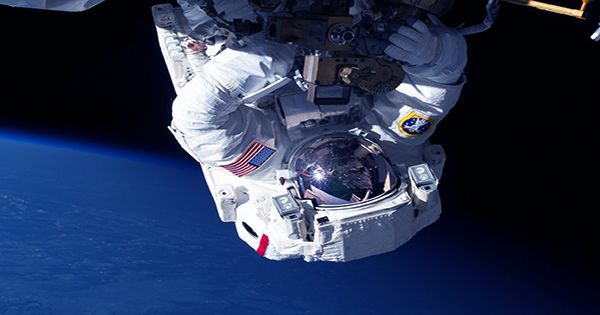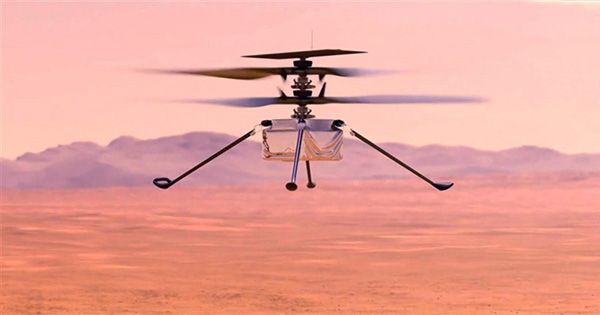The way a black hole rotates can provide information about its genesis. This is especially true for binary black holes, which approach one another closely before merging. It is possible to determine whether the silent galactic disk or a more active cluster of stars gave rise to the invisible giants by observing the spin and tilt of the individual black holes right before they join.
The 69 verified binaries discovered to date are being examined by astronomers in an effort to determine which of these origin theories is most plausible. But according to a recent study, the inventory of binaries we currently have does not provide any basic insight into how black holes are formed.
In a study published in the journal Astronomy and Astrophysics Letters, MIT physicists demonstrate that depending on the specific model chosen to interpret the data, the findings can look very different when all the known binaries and their spins are integrated into models of black hole creation.
Therefore, depending on the underlying cosmological assumptions of a model, the beginnings of a black hole can be “spun” in several ways.
“When you change the model and make it more flexible or make different assumptions, you get a different answer about how black holes formed in the universe,” says study co-author Sylvia Biscoveanu, an MIT graduate student working in the LIGO Laboratory. “We show that people need to be careful because we are not yet at the stage with our data where we can believe what the model tells us.”
The study’s co-authors include Colm Talbot, an MIT postdoc; and Salvatore Vitale, an associate professor of physics and a member of the Kavli Institute of Astrophysics and Space Research at MIT.
A tale of two origins
In binary systems, black holes are hypothesized to form in one of two ways. First, there is a process known as “field binary evolution,” in which two stars develop together before exploding in supernovae, leaving behind two black holes that continue to revolve in a binary system.
Given that they had time to pull and pull each other into comparable orientations as stars and subsequently as black holes, the black holes in this scenario ought to have relatively aligned spins. Black holes in a binary must have evolved in a relatively tranquil environment, like a galaxy disk, if their spins are almost identical.
We show that people need to be careful because we are not yet at the stage with our data where we can believe what the model tells us.
Sylvia Biscoveanu
In a process known as “dynamical assembly,” two black holes that have a different tilt and spin from one another develop separately. The black holes are eventually pulled close enough to one another by certain extreme astrophysical phenomena to create a binary system.
Such a dynamical pairing would probably take place in a more packed environment, like a globular cluster, where the collision of countless stars can force two black holes together, rather than in a tranquil galactic disk. The black holes in a binary most likely formed in a globular cluster if they have randomly oriented spins.
But what fraction of binaries form through one channel versus the other? Astronomers think that data, and notably measurements of black hole spinning, should hold the key to the solution.
A network of gravitational-wave detectors, including the American LIGO and its Italian counterpart Virgo, have so far helped astronomers determine the spins of black holes in 69 binary systems.
Each detector searches for very minute ripples in space-time caused by severe astrophysical events, including the merger of two enormous black holes, known as gravitational waves.
Astronomers have determined the characteristics of each discovered binary black hole, including its mass and spin. They included the spin measurements into a widely accepted theory of the birth of black holes and discovered evidence that binaries might have both a preferred, aligned spin and random spins. In other words, the universe is capable of producing binaries in both globular clusters and galactic disks.
“But we wanted to know, do we have enough data to make this distinction?” Biscoveanu says. “And it turns out, things are messy and uncertain, and it’s harder than it looks.”
Spinning the data
The MIT group examined if the same data would provide the same results when included into slightly different theoretical models of how black holes are created.
The group initially accurately simulated LIGO’s spin observations using a well-known model of black hole genesis. According to this hypothesis, just a small portion of the universe’s binaries prefer to create black holes with aligned spins, whereas the majority of binaries form black holes with random spins. They discovered that the data seemed to support the model’s presumptions and displayed a peak where the model suggested there ought to be more black holes with a like-spin.
The model was then slightly modified by changing its underlying presumptions, which resulted in a somewhat different prediction for the optimum black hole spin orientation. The data shifted to match the new predictions when they entered the identical data into this modified model. The data also caused similar changes in 10 additional models, each of which made a different assumption about the preferred spin of black holes.
“Our paper shows that your result depends entirely on how you model your astrophysics, rather than the data itself,” Biscoveanu says.
“We need more data than we thought, if we want to make a claim that is independent of the astrophysical assumptions we make,” Vitale adds.
Just how much more data will astronomers need? According to Vitale, the devices will discover one new black hole binary every few days until the LIGO network is operational again in early 2023. That could result in hundreds more measurements being added to the data during the coming year.
“The measurements of the spins we have now are very uncertain,” Vitale says. “But as we build up a lot of them, we can gain better information. Then we can say, no matter the detail of my model, the data always tells me the same story a story that we could then believe.”
This research was supported in part by the National Science Foundation.
















